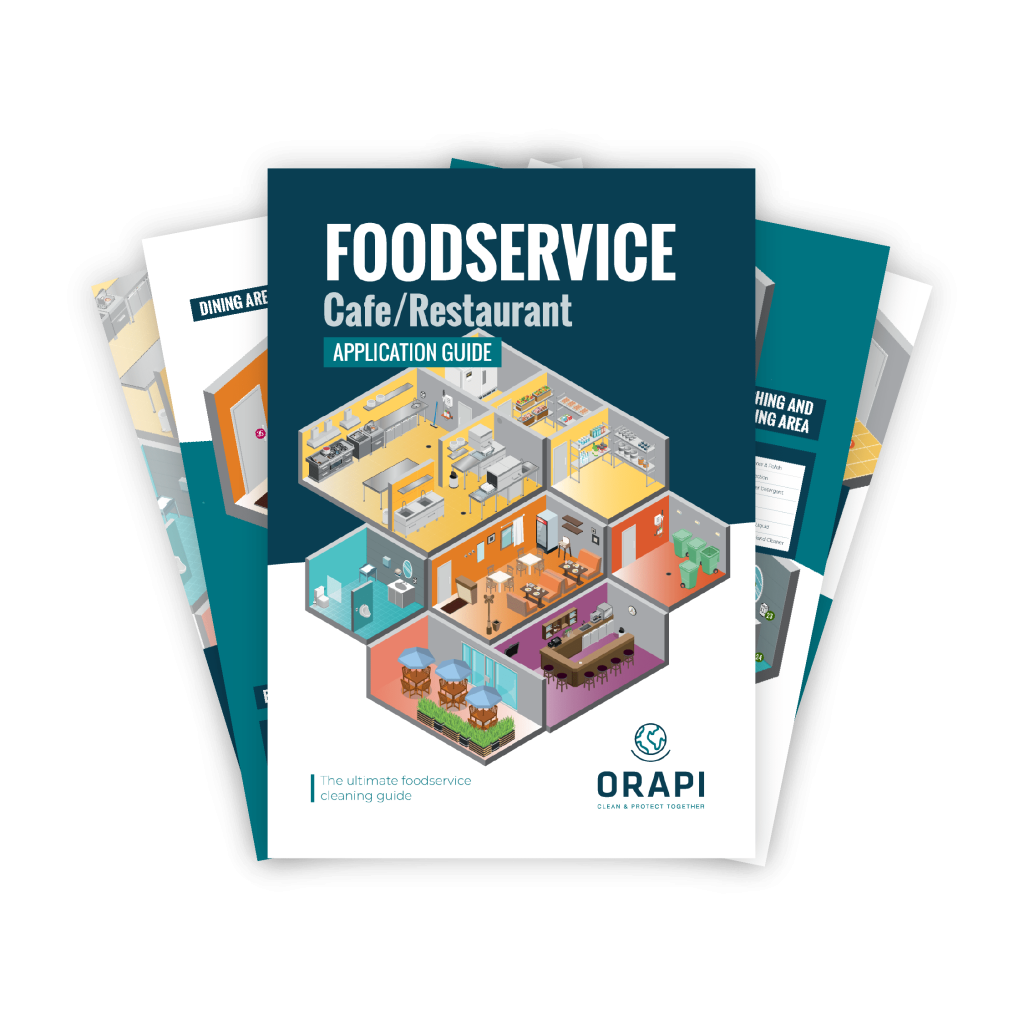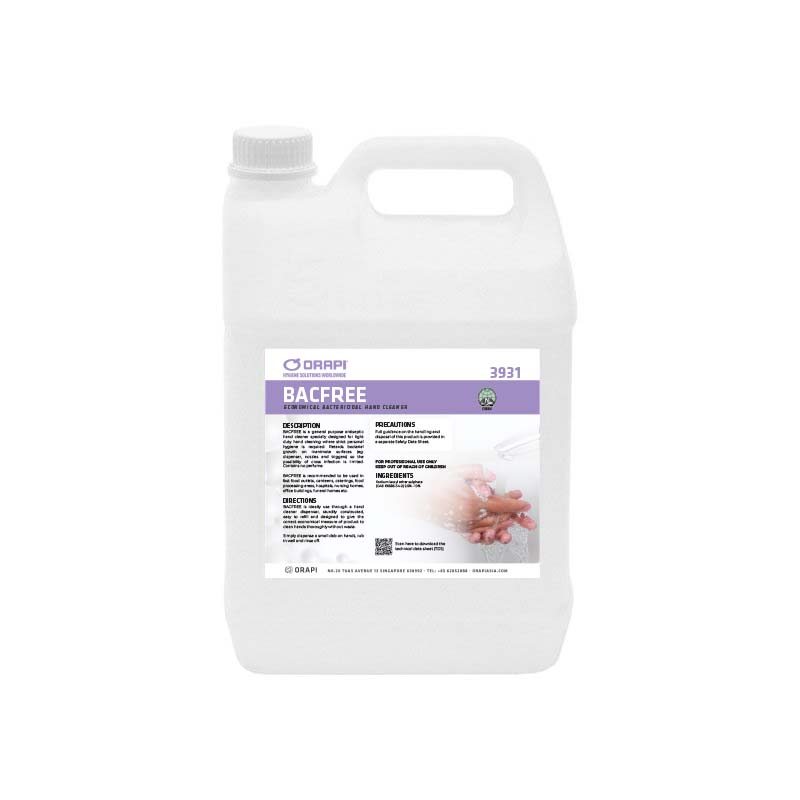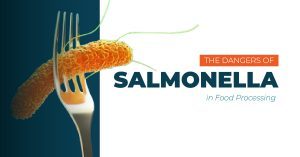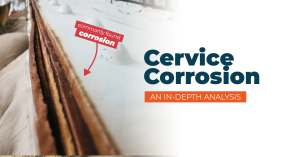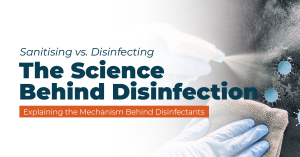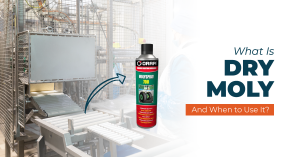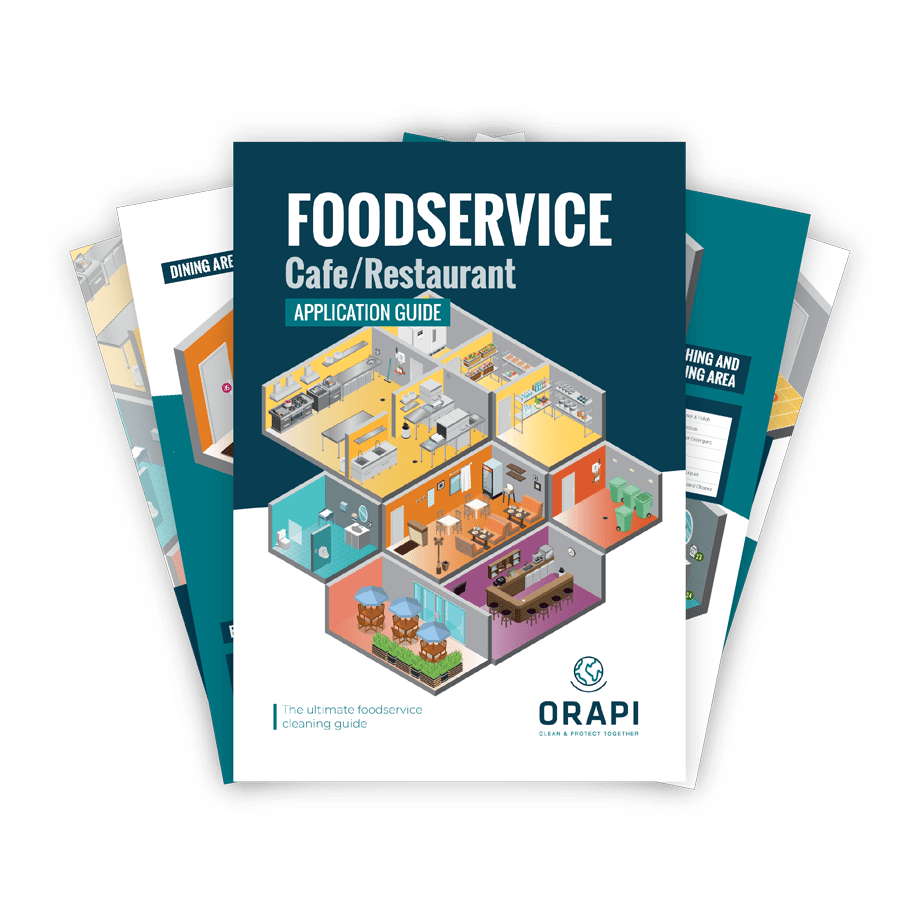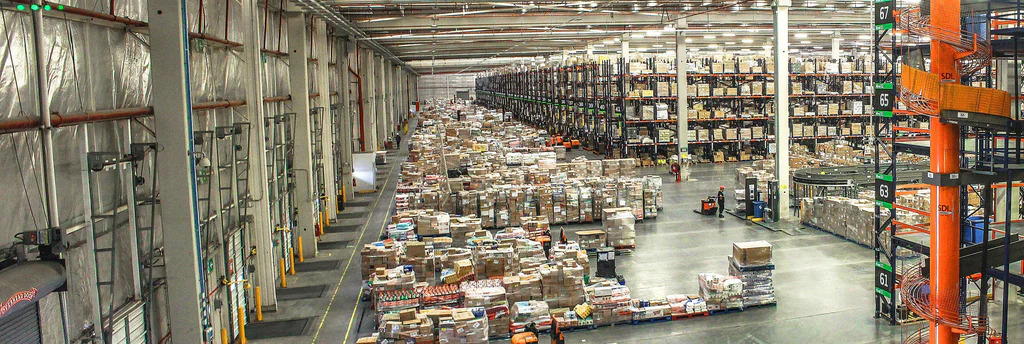
An effective receiving procedure for food deliveries is important to run a successful food service operation. Along with sourcing from authorized suppliers, adhering to the right food handling practices when receiving goods ensures the safety and excellence of the food provided. Errors while receiving can result in food wastage, financial losses, and unhappy customers. A complete guide that outlines the steps to be taken after delivery arrives, including inspecting and rejecting items, is available to help you. Establishing a strong receiving procedure for food deliveries is vital for a successful food service operation. In addition to purchasing from approved suppliers, following the correct receiving practices ensures the safety and quality of the food you serve. Mistakes during the receiving process can lead to food waste, financial losses, and customer dissatisfaction. This comprehensive guide will go over what should be done once a delivery arrives, from inspecting to rejecting items.
Tools for Receiving Food
Efficient food deliveries rely on having the appropriate tools readily available. Allocate a dedicated space within your establishment for receiving shipments, ensuring it is clean, well-lit, and adequately ventilated. Equip this area with shelves or racks for temporary storage. By optimizing your receiving space, you can streamline operations and reduce errors. Here are essential tools to equip your staff for receiving and inspecting food:
- Scale: Ensure a reliable scale is present for accurately weighing incoming items. Precision in measurement is key for effective inventory management and cost control.
- Thermometers: Maintain food safety by providing staff with thermometers to monitor the temperature of perishable goods upon arrival. Proper temperatures are critical for preserving food quality.
- Cutting Tools: Equip your receiving area with box cutters and scissors for opening packages and conducting inspections. Ensure an ample supply and provide training on safe handling to prevent injuries.
- Personal Protective Equipment (PPE): Follow food handling sanitary standards by supplying disposable gloves and, if needed, hairnets to your staff. This minimizes the risk of contamination.
- Handwash Station: Install a handwash station equipped with handwash, water, and paper towels in the receiving area. Proper handwashing is vital for maintaining hygiene standards and preventing the spread of contaminants. Encourage staff to wash their hands thoroughly before and after handling incoming shipments to ensure food safety.
ORAPI RECOMMENDS:
Inspection Protocol for Food Deliveries
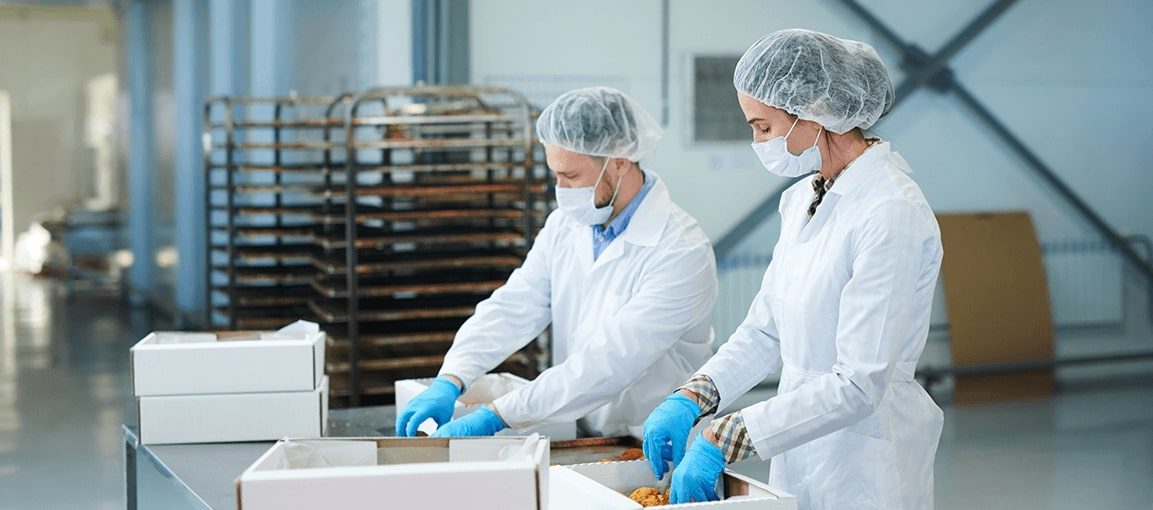
Upon receiving a food delivery, it is crucial to conduct a thorough inspection. This protocol outlines key steps to ensure that products are received in optimal condition and free from any compromise during transportation. Here’s a concise guide for your team:
Vehicle Assessment
- Begin by visually examining the delivery vehicle to ensure the integrity of the products.
- Pay close attention to temperature-sensitive items, verify they are stored appropriately within designated compartments, and maintain safe temperatures.
- Watch for indicators of temperature abuse, such as condensation or ice crystals, which may signal potential issues during transit.
- Assess cleanliness and hygiene standards inside the vehicle, checking for any visible signs of dirt, pests, or contamination.
- Confirm that storage areas are well-organized and devoid of potential sources of contamination.
- Should any discrepancies be noted during this inspection, it is imperative to reject the delivery promptly to mitigate risks to food safety and quality.
Ensuring Food Quality
To guarantee food safety and the freshness of ingredients used in your dishes, it’s important to conduct a comprehensive assessment of food quality during the receiving process. Here are key aspects to consider when evaluating the quality of incoming food
Frozen Food Inspection
Check for ice crystals, indicating temperature fluctuations and potential thawing and refreezing. Reject items showing this sign, along with those exhibiting fluid or water stains on the packaging or case bottoms.
Visual and Olfactory Examination
Pay close attention to the color and smell of food products. Any unusual coloration or odor could signify spoilage. Reject items showing abnormal coloration, such as discoloration or browning, and those emitting unpleasant odors.
Texture Assessment
Inspect the texture of meat, poultry, and fish for abnormalities. Reject items displaying slimy, sticky, or dry textures, as well as those with soft flesh that retains an imprint upon touch.
Moisture Detection in Dry Goods
Even dry goods can be prone to moisture, leading to mold growth and spoilage. Check for signs of moisture, including clumping, unusual textures, or water stains on the packaging, when receiving items like flour, rice, or cereal. Reject any products showing such signs to prevent potential contamination.
Mold Inspection
Thoroughly examine perishable items such as fruits, vegetables, or bread for visible mold growth, which can appear in various colors. Reject any products found to have mold to mitigate health risks.
Ensuring Proper Temperature Upon Delivery
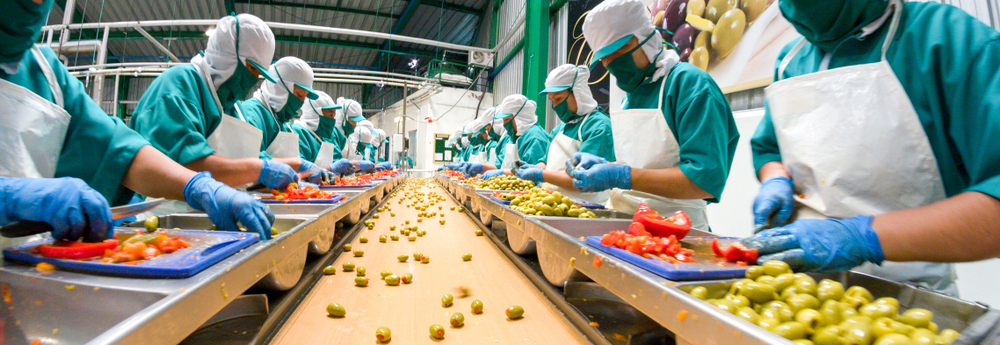
Upon receiving a food delivery, proper food handling dictates the necessity of a thorough inspection to assess quality and safety standards. This protocol outlines key steps to ensure that products are received in optimal condition and free from any compromise during transportation. Here’s a concise guide for your team:
Cold TCS Foods
Meats, poultry, dairy, and egg products categorized as Time/Temperature Control for Safety (TCS) must be delivered at or below 5°Celsius (41°F) to maintain freshness and ensure safety.
Live Shellfish
Clams, mussels, and oysters, among others, should arrive at a temperature of 7°Celsius (45°F) or lower. Within four hours of receipt, promptly cool them to 5°Celsius (41°F) or below.
Shucked Shellfish
When receiving shucked shellfish like oysters or scallops, verify they are delivered at 7°Celsius (45°F) or lower. Again, ensure they reach 5°Celsius (41°F) or cooler within four hours.
Shell Eggs
Fresh eggs in the shell should be received at an air temperature of 7°Celsius (45°F) or lower, crucial for preventing Salmonella contamination.
Milk
Dairy-based milk must be received chilled at 7°Celsius (45°F) or below.
Hot TCS Food
Cooked meats, soups, or sauces falling under the hot TCS foods category should arrive at 57°Celsius (135°F) or higher.
Frozen Food
Frozen items such as vegetables, meats, or pre-prepared meals should be solidly frozen upon receipt and stored at 0°Celsius (-18°F) or lower to maintain quality and prevent freezer burn.
Examine Packaging
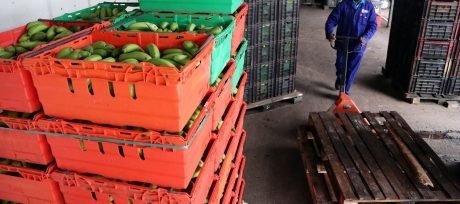
A vital part of food handling during the receiving process involves inspecting the packaging of your items. Thoroughly checking the packaging ensures that the products you receive are in prime condition and safe for consumption. Here are some key aspects to keep in mind when assessing packaging:
Look for Signs of Damage
Scrutinize the packaging for any indications of harm, such as tears, punctures, or holes. Safe food handling practices dictate that packaging, whether it holds food or non-food items, should be intact and clean. If it’s not, reject the item and promptly address the issue with the delivery driver or supplier. Refuse cans with missing labels, bulging ends, rust, or significant dents. Also, reject items packaged in reduced-oxygen environments if they appear bloated or leaking, items with damaged cartons or seals and any items that seem tampered with or repackaged.
Check for Liquids
Discard any items showing signs of leakage, dampness, or water stains, as this suggests the packaging was exposed to moisture at some point.
Watch for Signs of Pests
Pest infestations, such as rodents or insects, can cause considerable harm to your food inventory and contaminate your goods. Look out for chew marks, droppings, or live insects as indications of pest presence. If you detect any signs of pests, reject the entire shipment immediately to prevent contamination in your establishment.
Verify Expiration Dates
Ensure that each item’s packaging clearly displays its expiration date. Never accept expired items or those past their use-by date, as they may pose health hazards to your clientele. It’s vital to rotate your stock effectively to avoid using expired products and minimize food wastage.
Document Verification in Receiving Procedures

A critical aspect of your receiving process is ensuring the accuracy of the accompanying documents. These records are essential for tracking deliveries and maintaining the quality and safety of ingredients within your establishment. Below are key documents to scrutinize for every delivery, along with specific ones tailored to certain product types.
Invoice
The foundational document in any delivery, the invoice provides a comprehensive breakdown of ordered items, quantities, and prices. Comparing it with the received items ensures accurate billing and receipt of all ordered items.
Shellfish with Shellstock Tags
When receiving shellfish, inspect for shellstock tags containing vital information on sourcing and harvest details. This verification step guarantees adherence to safety standards and proper handling.
Raw or Partially Cooked Fish
Fish intended for raw or partial cooking must confirm proper prior freezing to eliminate parasites. This verification ensures compliance with food safety standards and guarantees consumer safety.
Farm-Raised Fish
With the rising popularity of farm-raised fish, verify documentation to ensure compliance with FDA standards. This step ensures the quality and safety of the received fish.
How to Check Food Temperatures Upon Receipt
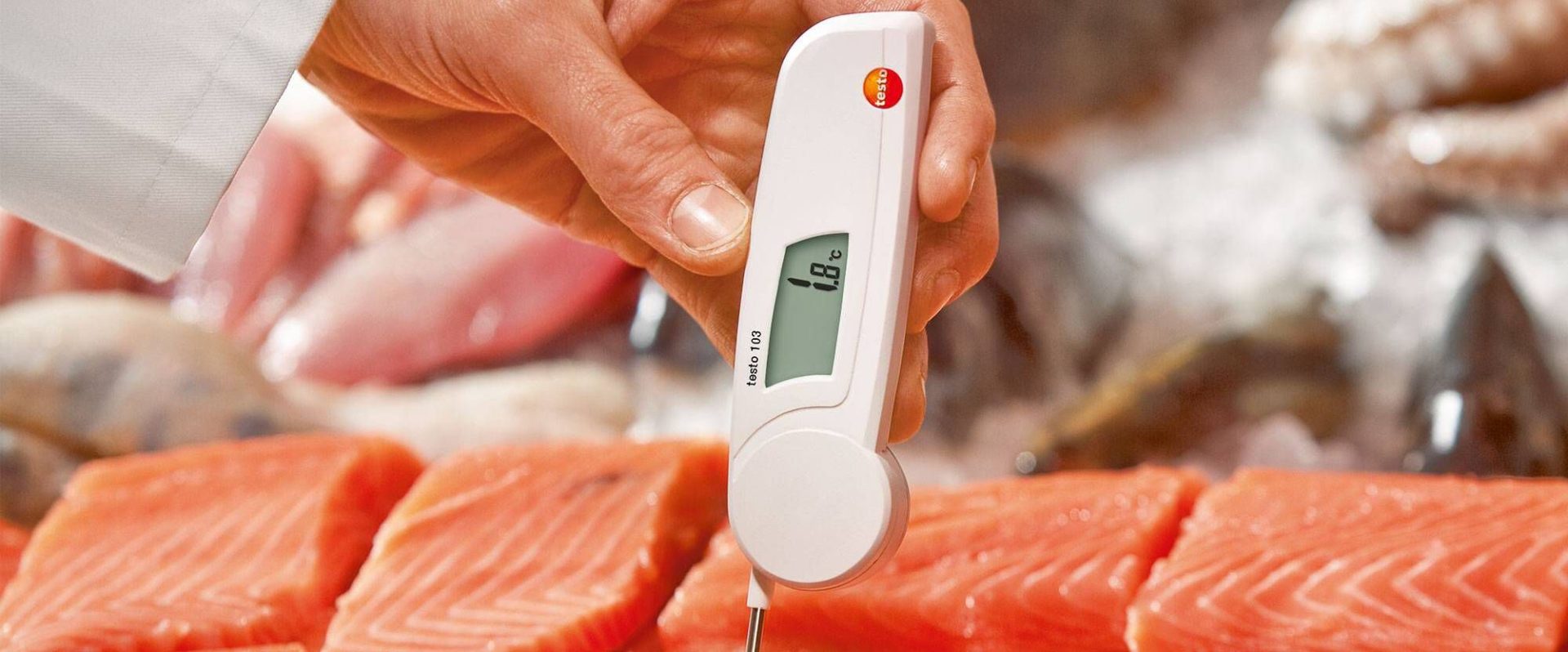
When it comes to ensuring the safety of perishable foods upon receipt, employing a food thermometer is key. Unsure of the correct approach? Allow us to walk you through it:
- For meat, poultry, and fish, Insert the thermometer into the thickest part of the food, typically the center.
- For items in reduced-oxygen packaging (ROP), modified atmosphere packaging (MAP), vacuum-sealed packages, sous vide, or frozen foods: Place the thermometer probe between two packages, taking care not to puncture either. If possible, fold the packaging around the probe.
- For other packaged foods: Open the package and insert the thermometer into the food, ensuring the sensor area is fully submerged. Be cautious not to touch the packaging to obtain an accurate reading.
Conclusion: Food Handling When Receiving Goods
In conclusion, establishing and adhering to a robust food handling receiving procedure for food deliveries is imperative for the success of any food service operation. This comprehensive guide emphasizes the importance of sourcing from approved suppliers and implementing correct receiving practices to ensure food safety and quality. Errors during the receiving process can lead to various consequences, including food wastage, financial losses, and customer dissatisfaction. By equipping staff with the necessary tools, conducting thorough inspections, and verifying temperatures and packaging, establishments can mitigate risks and uphold high standards, ultimately enhancing their reputation and maintaining customer trust.
